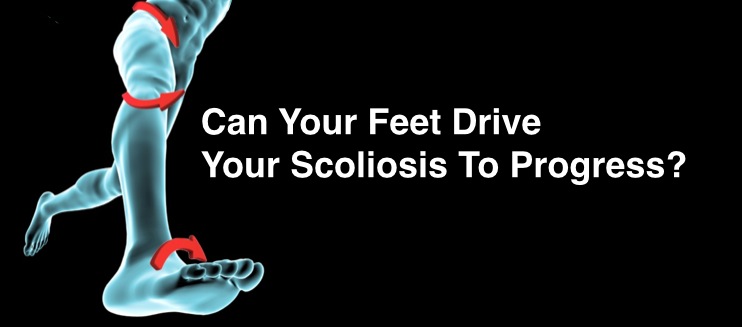While scoliosis is a condition that affects the spine there are many other conditions that can be a contributing factor that drives the curvature. One of the most common are imbalances in the pelvis and lower extremities.
Just as an imbalance in the base of a building can cause challenges the structure overhead, think of the leaning tower of Pisa which is only 4 degrees off it’s vertical balance, imbalances in the pelvis and lower extremities can cause problems to the structural integrity of the spine above it. When the base is not level the spine must adapt in order to keep the eyes level with the horizon.
Imbalances That Can Drive Your Scoliosis To Progress
The following are some of the more common contributing factors that if they are a problem need to be addressed to allow for optimal conservative management of a scoliosis.
Leg Length Discrepencies
There are two types of leg length discrepencies that are commonly referred to by doctors.
- Apparent Leg Length Deficiency – The legs are of equal length but one side of the body is drawing the leg up on that side due to imbalances in the postural muscles of the pelvis and trunk
- True Leg Length Deficency – There is an actual difference in length from left to right
If there is a true leg length deficiency then consideration must be made for providing a shoe lift to the side of deficiency but only if an addition of a lift will also appear to help improve the scoliosis. If adding a lift to the deficient side would worsen the scoliosis then it would be contra-indicated.
An apparent short leg can result from an imbalance in the pelvis or can be a compensatory mechanism involving the balance systems of the spine. Treatment can include chiropractic adjustments to restore motion to the pelvis, active release treatment to the adaptively shortened muscles of the spiral lines of the body in the pelvis and trunk or atlas orthogonal treatment to help reduce neurologic mal-adaptations in the postural mechanisms of the spine.
Pes Valgus or Varus
Pes Valgus is a condition that is commonly known as a “flat foot”. It can occur on one side or bilaterally and it can affect the postural integrity of the lower extremity and foot. When the postural muscles of the arch of the foot are weakened then foot flattens inward. This causes a torque to the knee, hip, pelvis and eventually the spine.
This torque force can help drive the progression of the scoliosis by adding to the abnormal rotational forces on the spine and must be addressed in order to help improve the curvature.
Corrective exercise to help restore the arch of the foot, such as a “Short Foot” exercise, walking barefoot over uneven terrain or even barefoot running can sometimes be very beneficial in helping restore the proper biomechanical function of the arch of the foot.
The use of custom orthotics are another excellent way to help improve the biomechanical position of the foot to help de-torque the lower extremities and reduce the imbalances that are contributing to the scoliosis, but only if the orthotic is cast in the corrected position.

